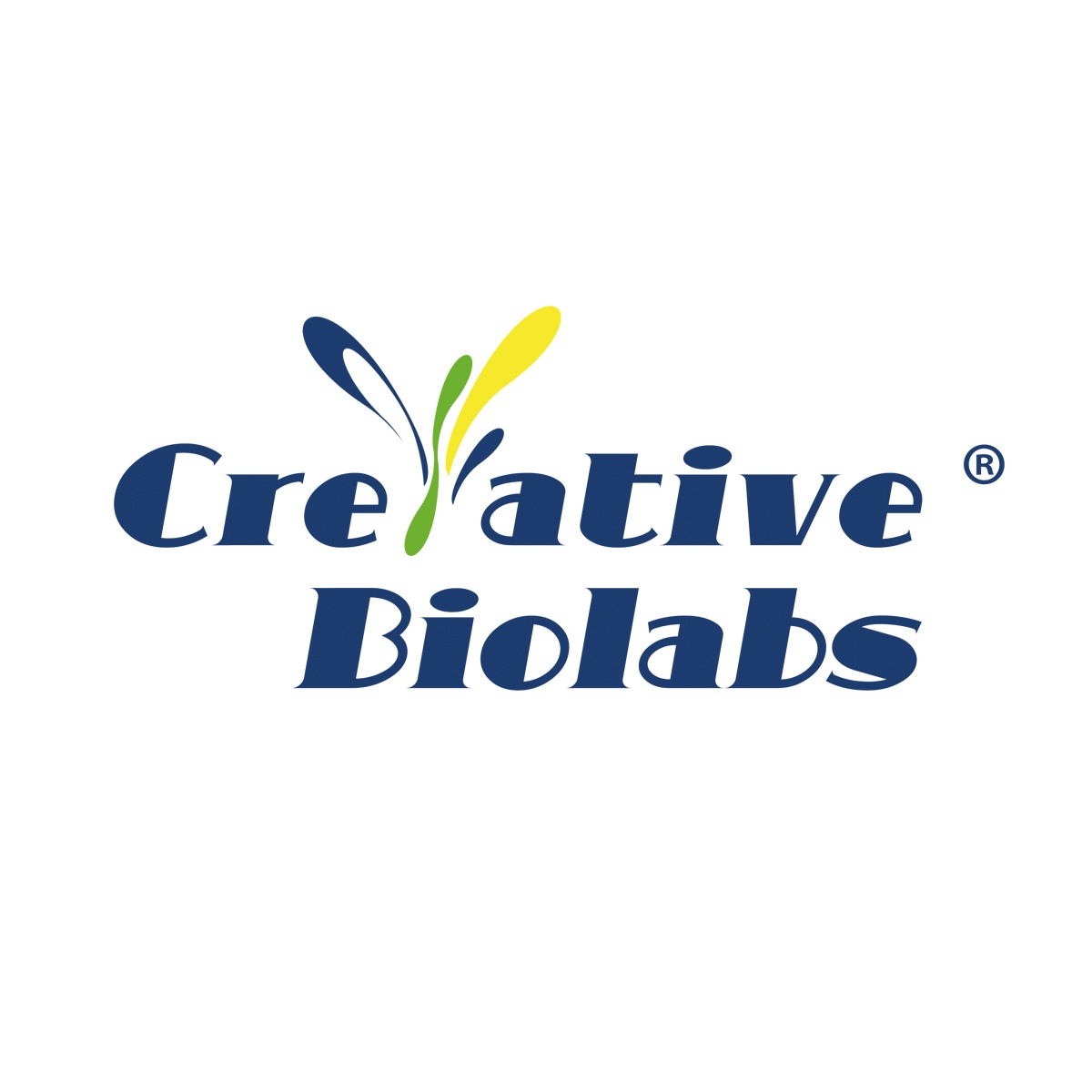TLR3 / Alexa Fluor 488 / CBYJT-3370
Product Details
| Description | Provided herein is a Mouse monoclonal antibody, which binds to TLR3 (Toll Like Receptor 3). The antibody can be used for immunoassay techniques, such as FC, IHC, ICC, IF, IHC-P, IHC-Fr. | |
|---|---|---|
| Conjugate | Alexa Fluor 488 | |
| Clone | CBYJT-3370 | |
| Target Species | Canine, Human, Mouse, Rat | |
| Applications | Purification, FC, IF, C, ICC, IHC | |
| Supplier | Creative Biolabs | |
| Catalog # | Sign in to view product details, citations, and spectra | |
| Size | ||
| Price | ||
| Antigen | ||
| Host | ||
| Isotype |
About TLR3
The protein encoded by this gene is a member of the Toll-like receptor (TLR) family which plays a fundamental role in pathogen recognition and activation of innate immunity. TLRs are highly conserved from Drosophila to humans and share structural and functional similarities. They recognize pathogen-associated molecular patterns (PAMPs) that are expressed on infectious agents, and mediate the production of cytokines necessary for the development of effective immunity. The various TLRs exhibit different patterns of expression. This receptor is most abundantly expressed in placenta and pancreas, and is restricted to the dendritic subpopulation of the leukocytes. It recognizes dsRNA associated with viral infection, and induces the activation of NF-kappaB and the production of type I interferons. It thus plays a role in host defense against multiple viruses. [provided by RefSeq, Jul 2021]
The protein encoded by this gene is a member of the Toll-like receptor (TLR) family which plays a fundamental role in pathogen recognition and activation of innate immunity. TLRs are highly conserved from Drosophila to humans and share structural and functional similarities. They recognize pathogen-associated molecular patterns (PAMPs) that are expressed on infectious agents, and mediate the production of cytokines necessary for the development of effective immunity. The various TLRs exhibit different patterns of expression. This receptor is most abundantly expressed in placenta and pancreas, and is restricted to the dendritic subpopulation of the leukocytes. It recognizes dsRNA associated with viral infection, and induces the activation of NF-kappaB and the production of type I interferons. It thus plays a role in host defense against multiple viruses. [provided by RefSeq, Jul 2021]
About Alexa Fluor 488
Alexa Fluor™ 488 (AF488, Alexa 488) has an excitation peak at 488 nm and an emission peak at 496 nm, and is considered a high-performance alternative to FITC. Alexa 488 is one of the most popular Alexa Fluor™ dyes and is widely used in Fluorescence Microscopy, flow cytometry, and for staining low expression markers. It is bright, highly photostable, resistant to pH changes, and less susceptible to photobleaching. Alexa 488 and is similar in size, brightness and application to DyLight™ 488, iFluor® 488 and CF®488A.
Alexa Fluor™ 488 (AF488, Alexa 488) has an excitation peak at 488 nm and an emission peak at 496 nm, and is considered a high-performance alternative to FITC. Alexa 488 is one of the most popular Alexa Fluor™ dyes and is widely used in Fluorescence Microscopy, flow cytometry, and for staining low expression markers. It is bright, highly photostable, resistant to pH changes, and less susceptible to photobleaching. Alexa 488 and is similar in size, brightness and application to DyLight™ 488, iFluor® 488 and CF®488A.
Experiment Design Tools
Panel Builders
Looking to design a Microscopy or Flow Cytometry experiment?
Validation References
Reviews & Ratings
| Reviews |
|---|
Looking for more options?
660 TLR3 antibodies from over 31 suppliers available with over 45 conjugates.





